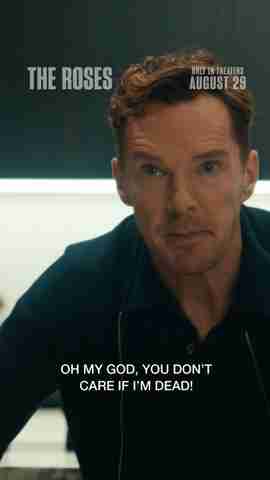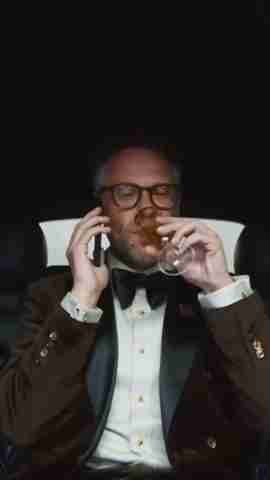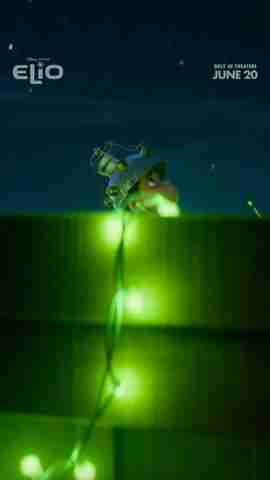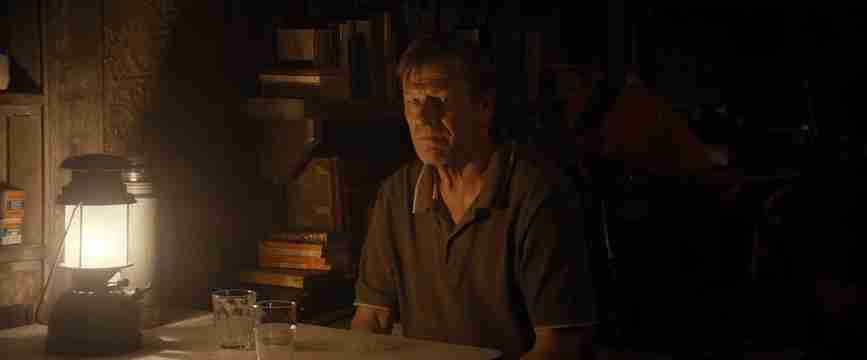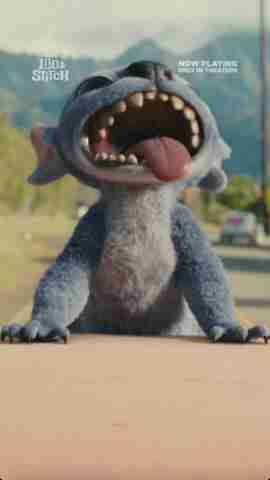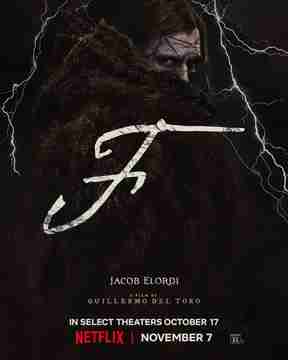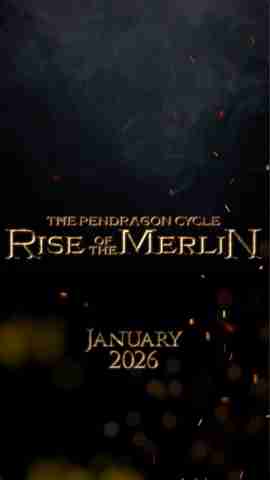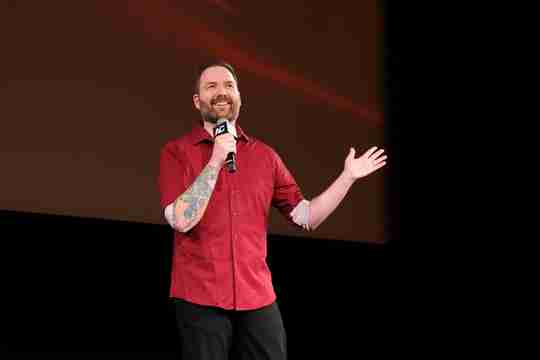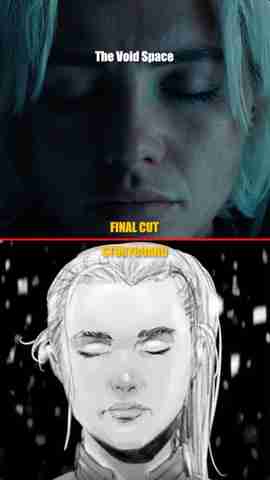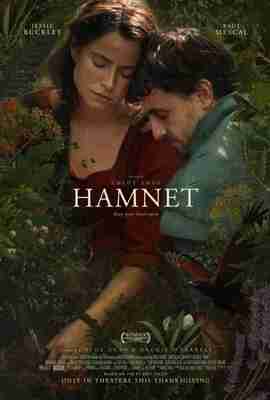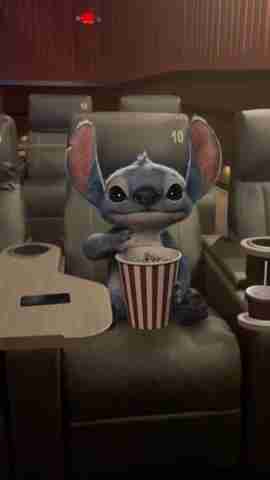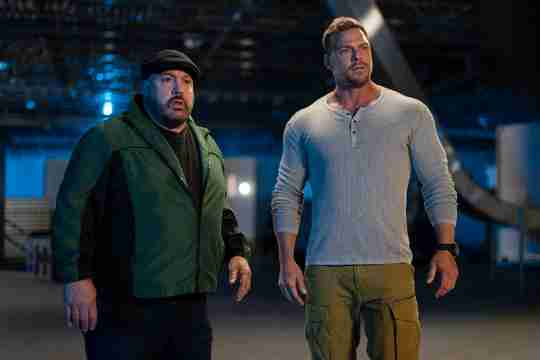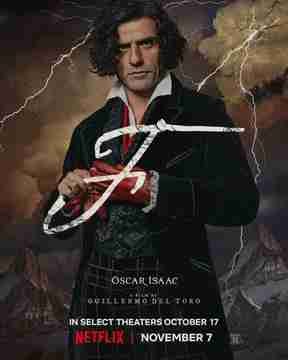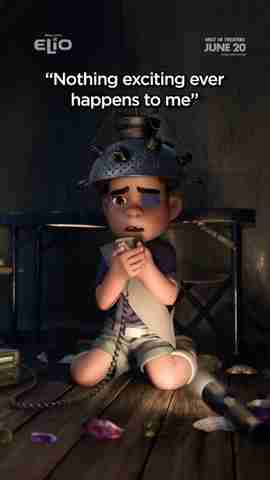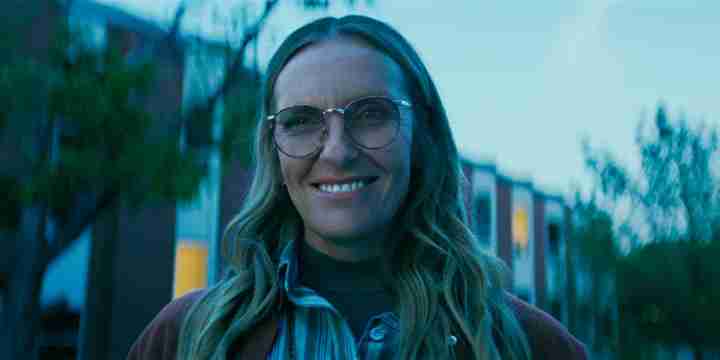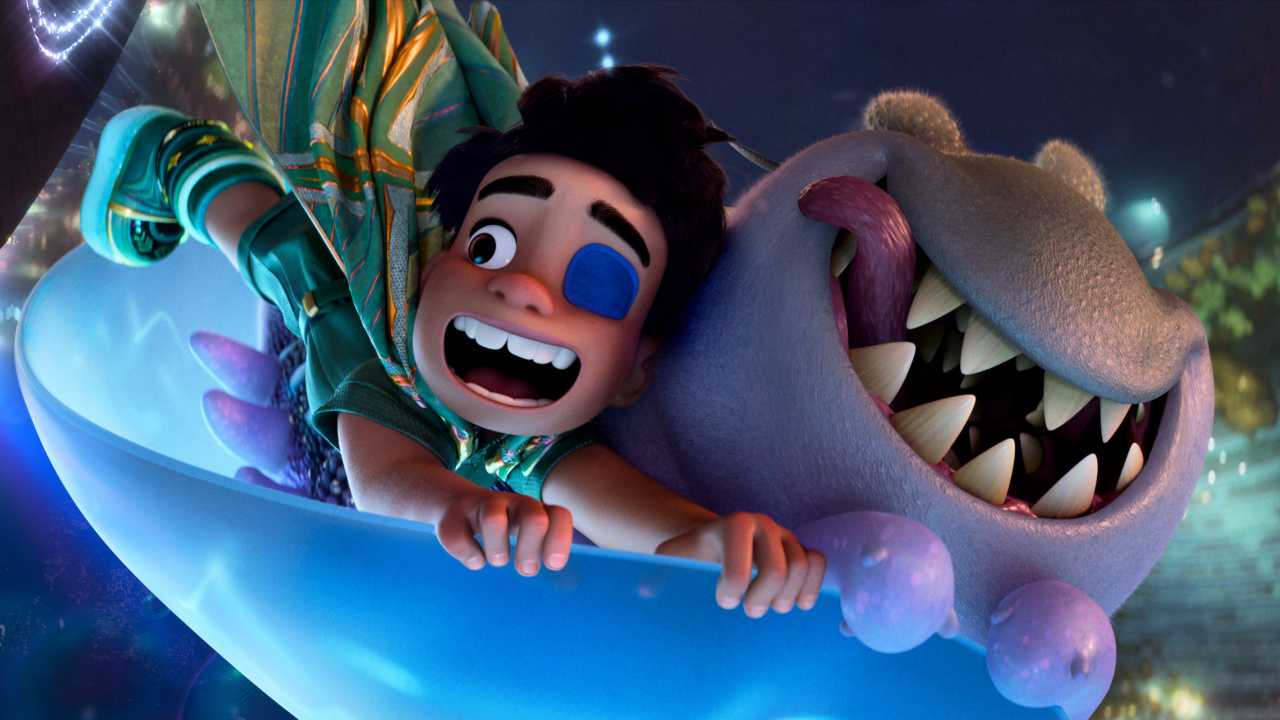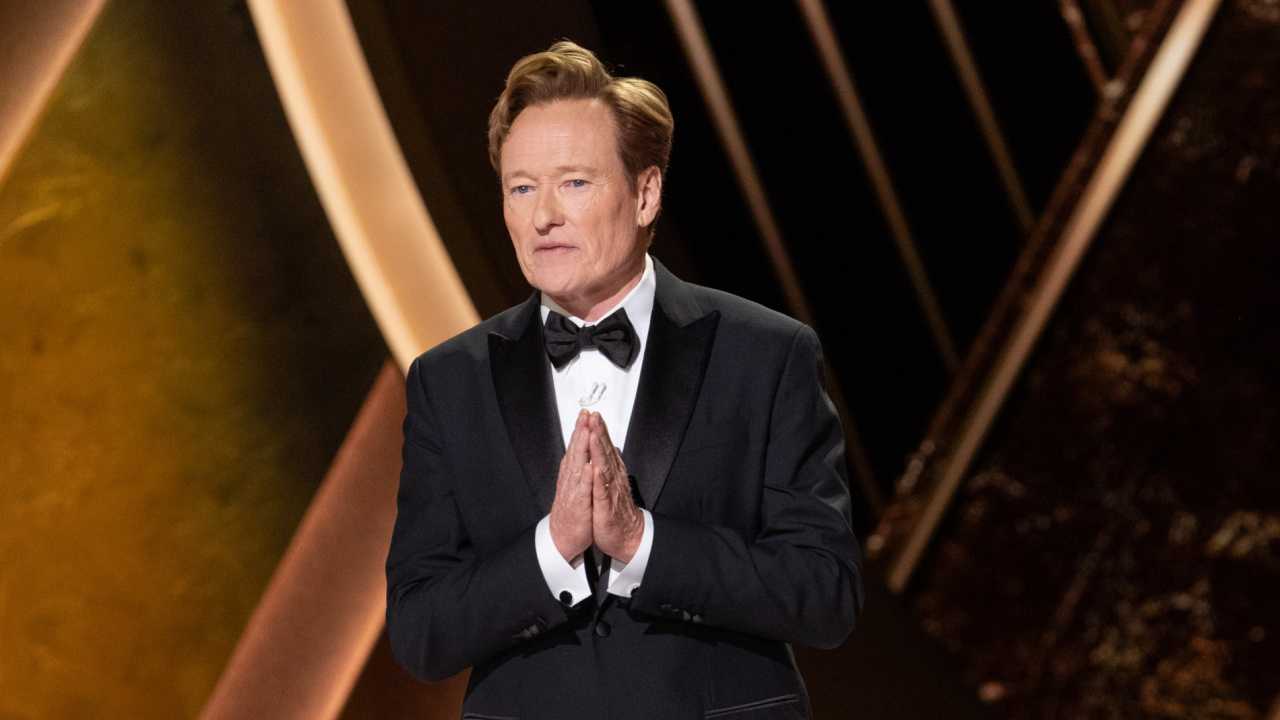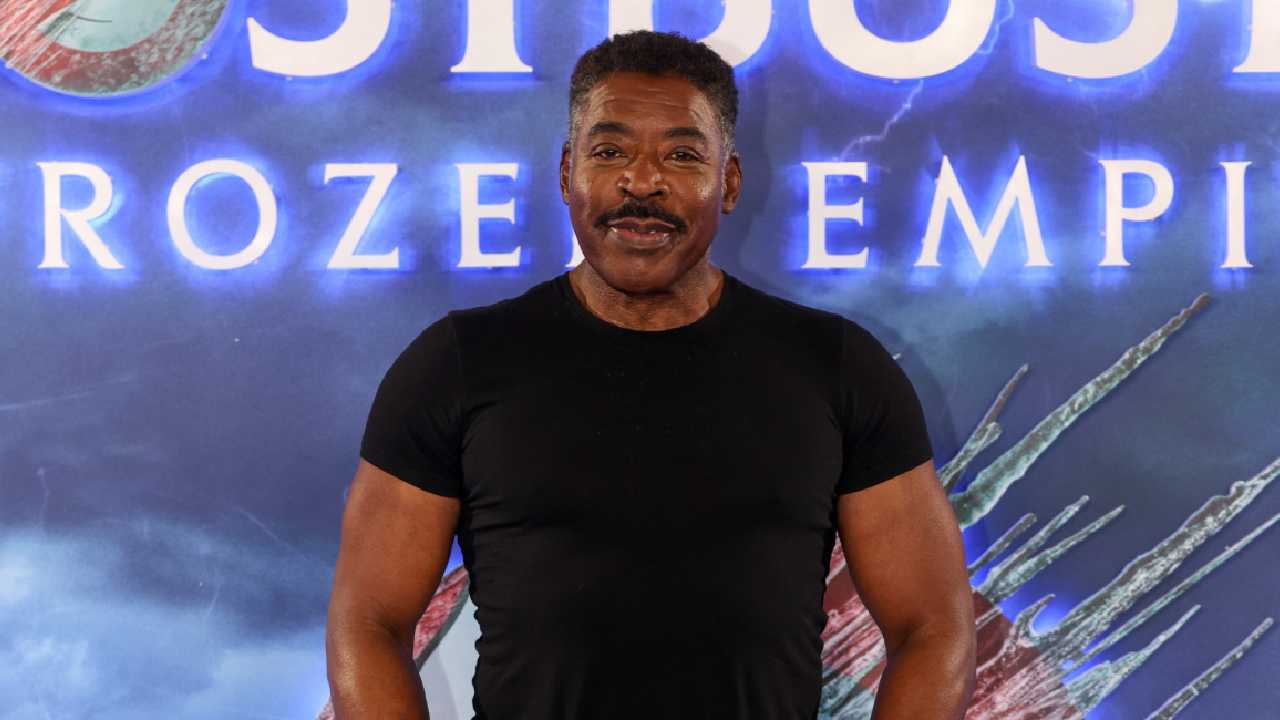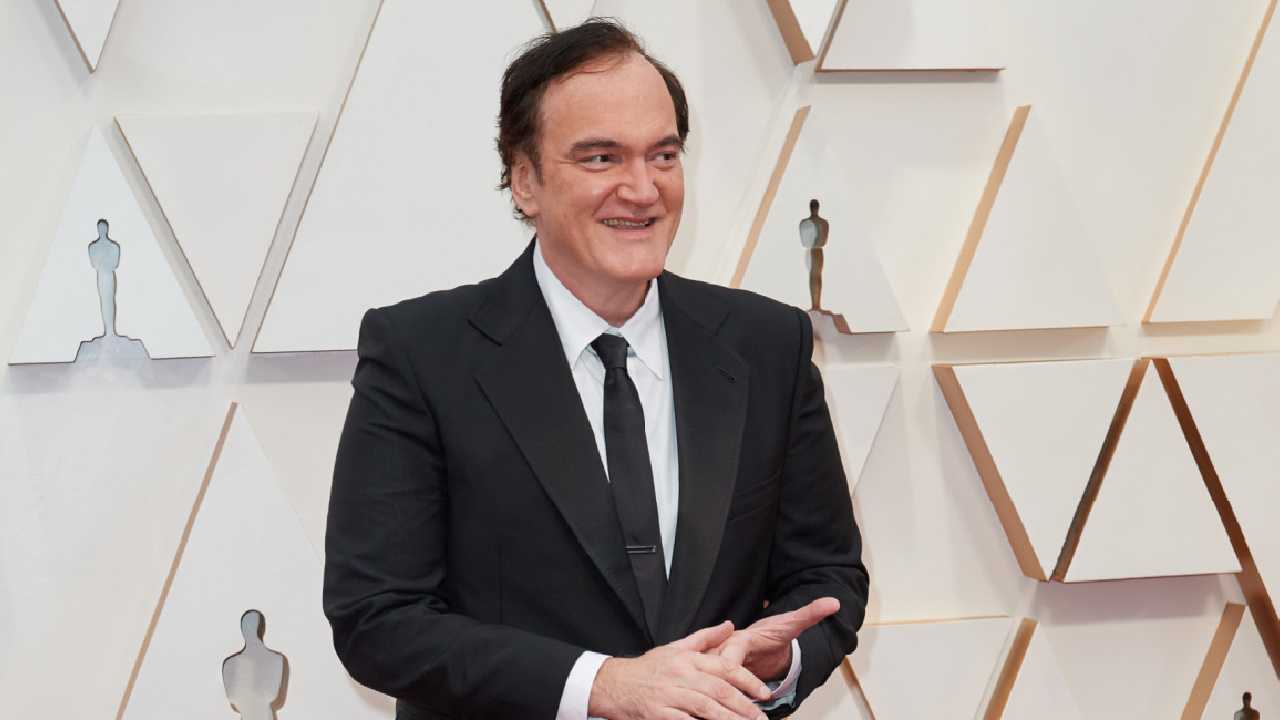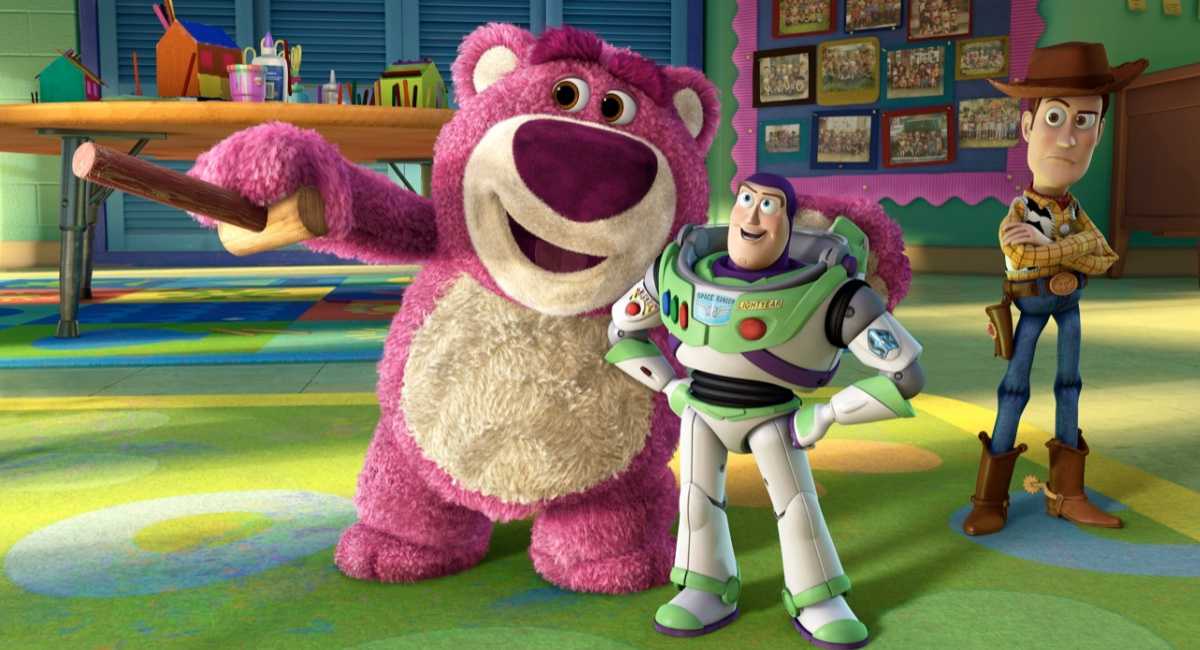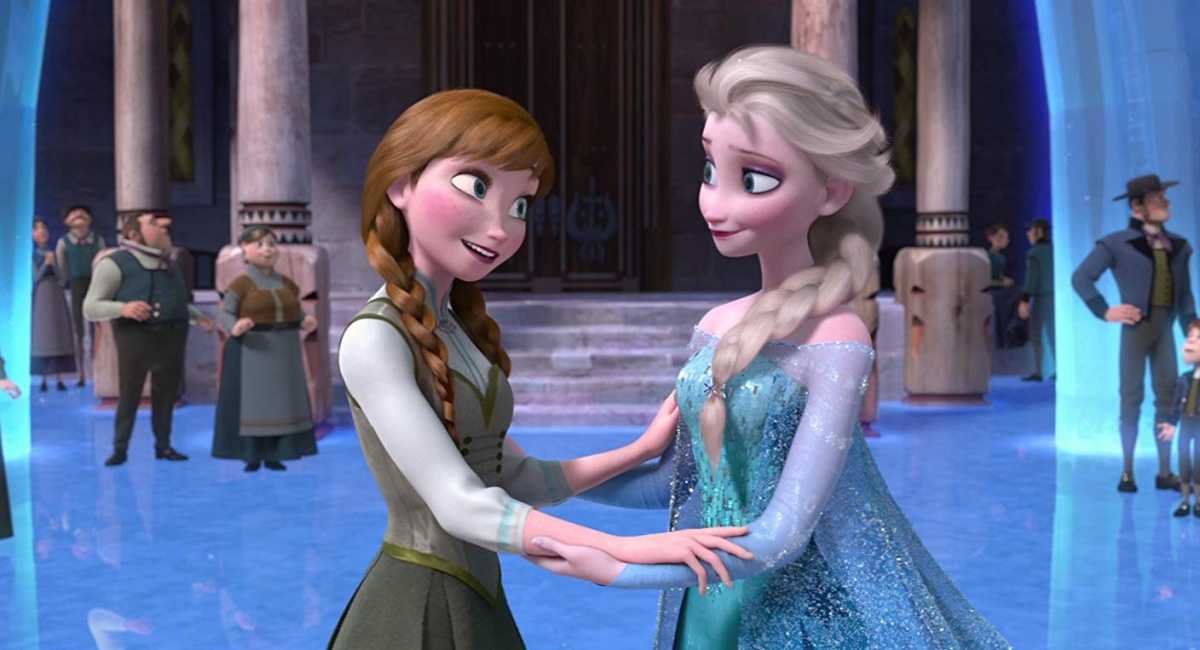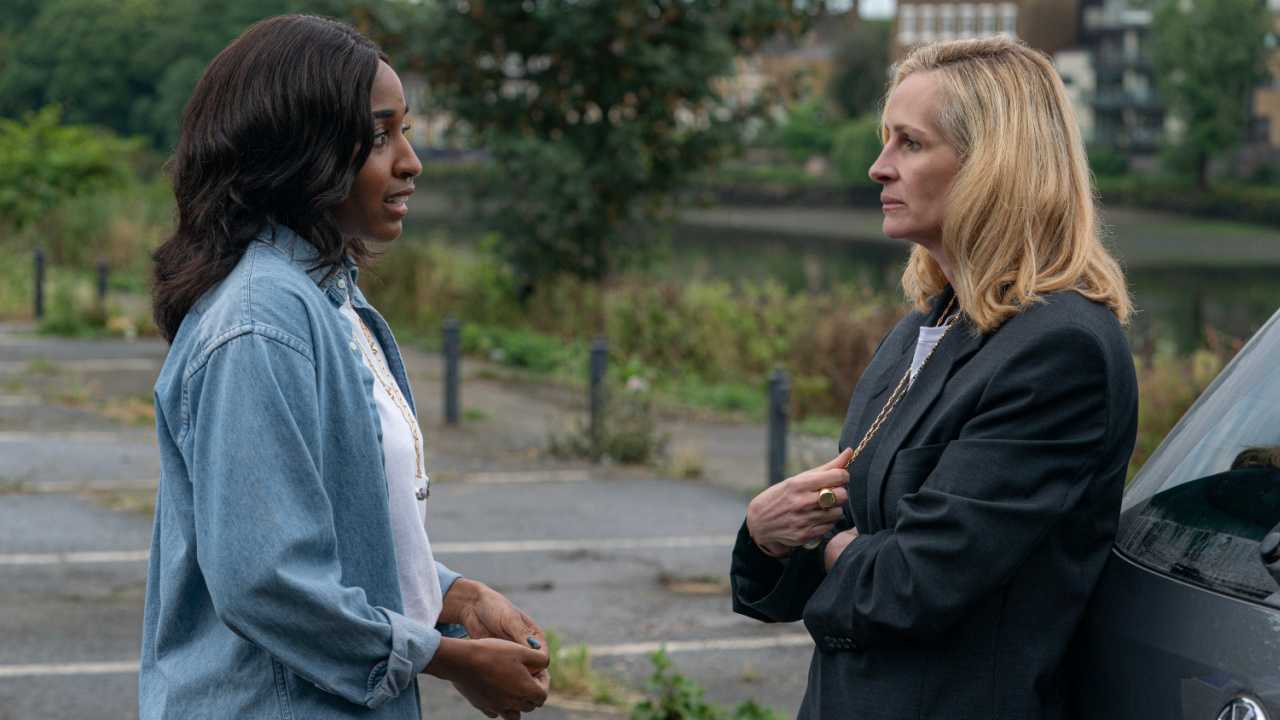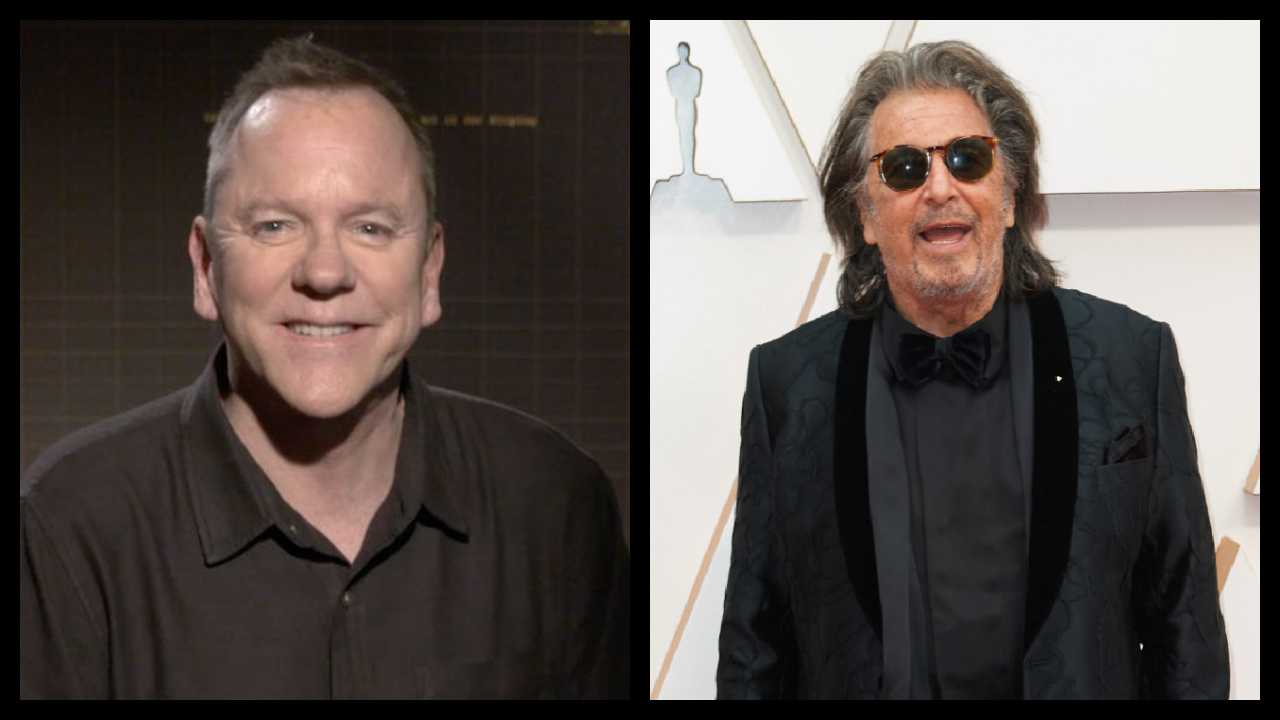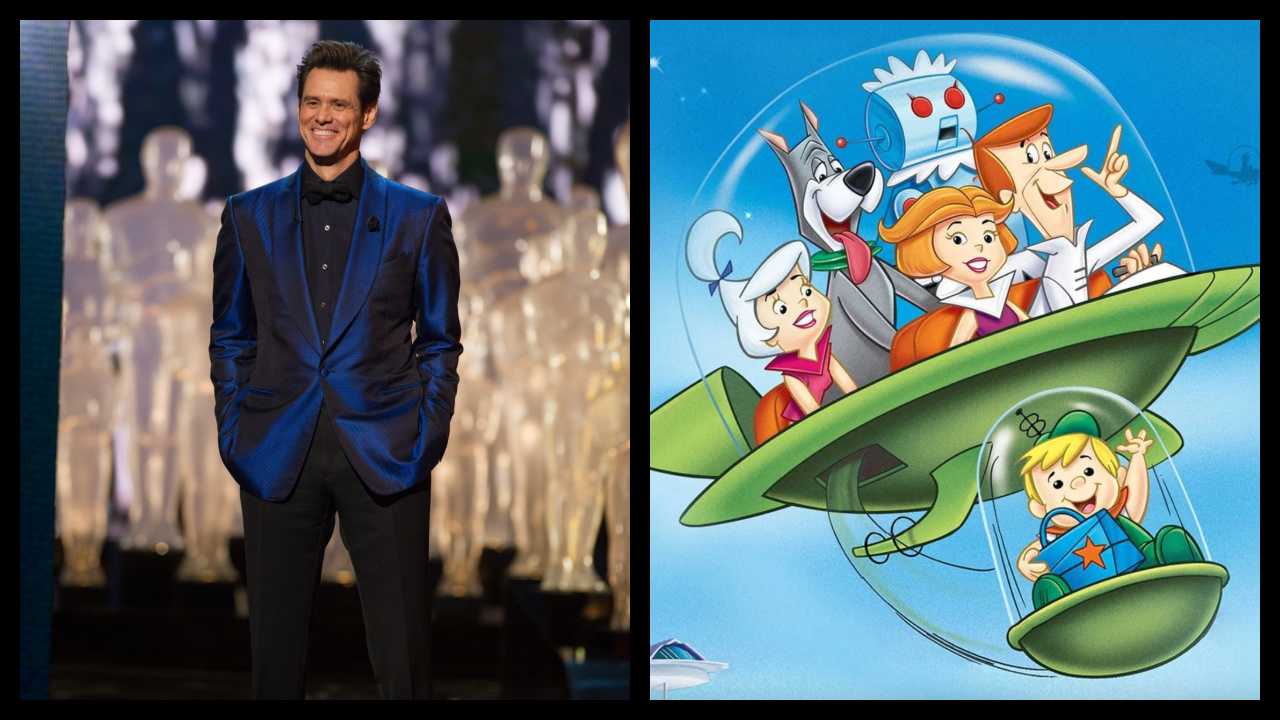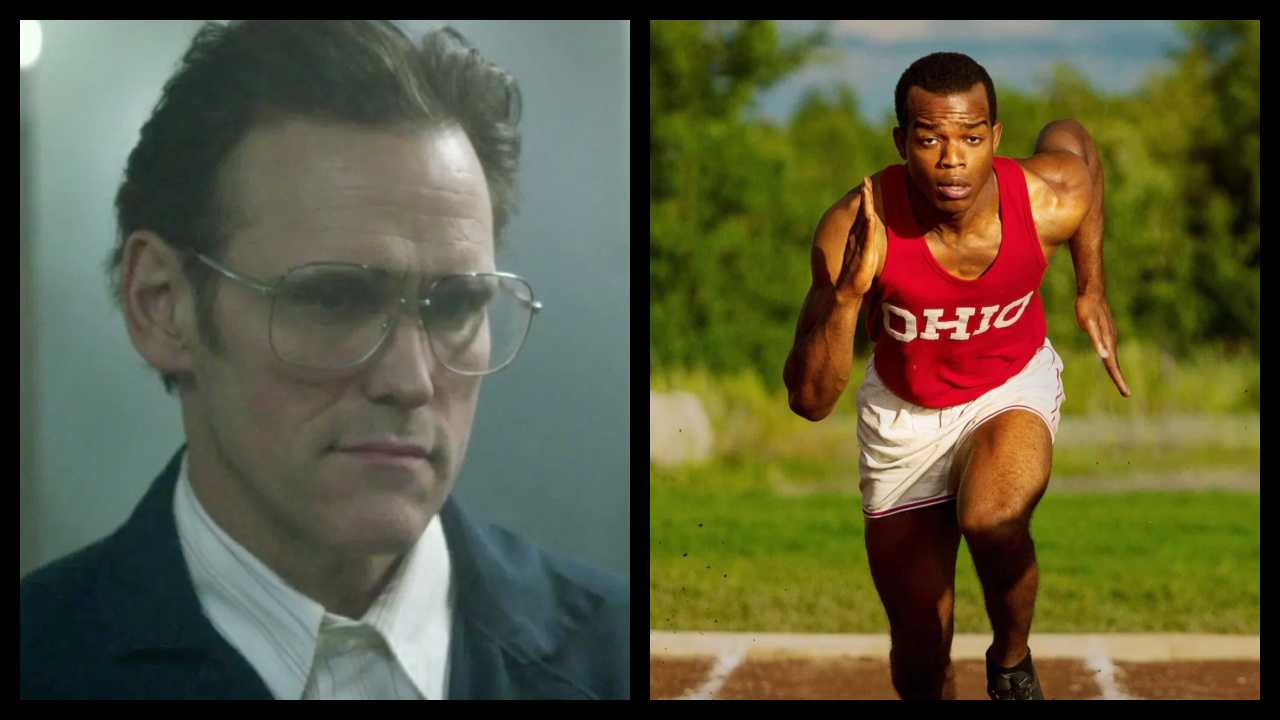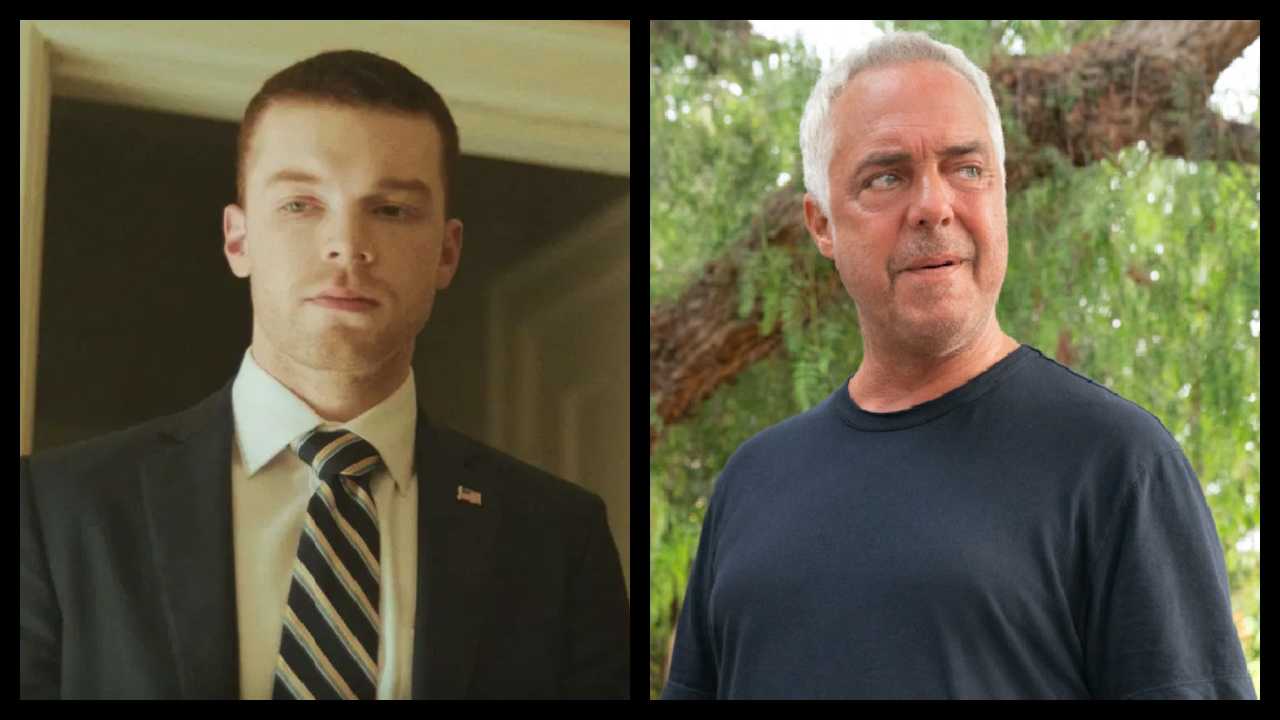‘Toy Story 4’ Director and Producers on Tinny, Totoro and How Time Works in the Franchise
There are few films this summer that are met with the kind of excitement that “Toy Story 4” is generating. Early previews have generated the kind of palpable enthusiasm that only comes from a franchise that has crossed generational boundaries (the first film was released in 1995) while maintaining a high level of quality and a consistent investment in the brand (if not through actual movies, then through various short films, TV specials, theme park attractions, and the like). Everyone is pumped about “Toy Story 4” because “Toy Story 4” is a movie for everyone.
So we were, of course, thrilled to sit down and talk with director Josh Cooley and producers Jonas Rivera and Mark Nielsen, about how time works in the “Toy Story” universe, how Pixar legacy character Tinny finally came into the franchise, and whether or not the plush Totoro from the end of “Toy Story 3” came back. Plus, learn new details about the Polly Pocket-esque new character Giggle McDimples, a deceptively complicated character that utilizes a number of animation forms.
Moviefone: This is kind of a philosophical question, but how is time working in the “Toy Story” universe now? With first three movies, there was more time between movies but it kept on track in terms of following Andy's life. But with “Toy Story 4,” it seems like no real time has passed since “3.” And you opened with a flashback.
Josh Cooley: The interesting thing is that, we've done the, the TV specials in the shorts as well. They do fit in there. If you go from when it goes to on his boot and it fades out, it goes to black, there could be a couple of weeks in between there right before, before it picks up again. But in terms of why we start right there at the end of ”3,” is because that's the moment. That's the moment of Woody realizing he's in a new place, new location, a new kid, new toys. And it's like that's the pivotal moment of, of stepping into something completely new. So you couldn't start any later than that or it just wouldn't work.
Jonas Rivera: I think it had to be sort of close to that moment because you needed to have Woody in a little bit of denial. It couldn't have been three years later. It's so obvious. So it has to be new enough to be, this could work and long enough that the other toys are like, is it though? He's holding it back a little bit. So that was to our advantage.
For many people “Toy Story 3” felt like closing the book. Without giving anything away, does this feel like a grace note? Or is this an opening up of a new thread of this story?
Rivera: We've debated that openly. When we looked at the first three again, which we did multiple times … One of the things we talked about and I remember Andrew [Stanton] saying … Because I was honest, I was saying, “I feel like that ending to the third one is so good, the trick is how do you start it back up again?” And he almost got mad and said, “No, it has never been the end. That was the end of Andy's story and that's the external plot. This is about and always has been Woody, so that sets up something new.” I remember talking about it and thinking each of the films ends with an applied future. The first one is sort of a joke. There's a puppy, what are we going to do? Cut. You're out. The second one, you know they're okay. They persevered. You kind of implied they're going to have a party. That could have been the end. The third one, they get the band back together, survive and get dropped off and you could be satisfied with the end of that or you could imply, well they have more adventures or more life and things change.
And so it always felt like each one has this implied future. And so whether or not this one is the end or isn’t, I feel satisfied like, Oh, it could kind of be either. It's like I feel proud as a producer that this is, we'll be getting three acts beginning, middle to end movie that feels satisfying. But it's a big universe full of lots of toys, lots of characters and ideas.
Cooley: The other thing is like we worked on making sure that you don't even have to see the first three to understand this film. It’s its own self-contained things as well. And the flashback helps set up the previous films if you haven't seen them. But I'm very satisfied with the end of it. And I think it's the same thing. It could end there or it could imply something else.
Why bring Tinny back? That could have been any toy. And some people might now that the first “Toy Story” was based on “Tin Toy,” the short where that character originates.
Rivera: Very good!
Cooley: Well, he’s in an antique store and there’s tons of toys from every era. And so we're like, “We’ve got to get tin toys in there. It’s part of the family.” And we were like, “Let's make a little nod to that.” There’s so many Easter eggs in this film. That's kind of an obvious one.
Mark Nielsen: From the moment we decided to have an antique store be a major set piece for this movie, we knew there was just massive opportunities to be able to pull stuff in from other films for this. Not due to laziness.
Rivera: Tinny was a little tough to resurrect. By the way, this isn't necessarily true, but there's, as you ask it, Bill Reeves, who's our global technology supervisor was the supervising technical director on “Tin Toy.” So now that you ask, it's like, well can we had to have Tinny because Bill was on the movie. There's very few people that worked on “Tin Toy” and “Toy Story 4.”
Canonically, is it the same Tinny from the short?
Rivera: I don't know.
Cooley: I don’t know if we ever talked about that.
Nielsen: Nobody ever asked that question.
Rivera: It probably is?
Cooley: I like to think yes because that short was about him learning to love a kid and that works into the “Toy Story” world.
I want to talk about one of the new characters, Giggles, because she has a 2D animated face. Can you talk about what it was like working that out?
Cooley: We've done that a few times with some side characters, but we'd never done it with like a main kind of character. It was great to see like how far we can push that. Because you look at those small toys from the 80s and they have quickly screen-printed faces on there. And knowing we were going to be have a character this tiny and have to be able to see expressions, we need to be able to make clear. And also her name is Giggle McDimples, she’s got to have dimples on there too, which are a pixel wide. First of all it was like, can we do this? And we've pulled up some other stuff. We're like, oh, we have done it before, in the background of “Partysaurus Rex.”
Rivera: You know who we did it for? Tinny! Tinny was that way. It was a piece of geometry that would slide around as opposed to sort of a jaw and a mouth. And we were talking about that. I mean it's completely different now, but that was a projected slide-able thing. Nielsen: But yeah, the character team had to build a little system to be able to animate her because we didn't have something that existed.
Is Totoro back in this movie?
Cooley: He’s not. I think it was a licensing thing.
Rivera: Yeah, Totoro is pretty protected as you’d imagine. And we wanted to respect that. And we would have been able to do it and with so many characters, we didn’t have a great way to do it.
Nielsen: There wasn’t a great way to do it and it would have been a hassle so we didn’t go that way.
“Toy Story 4” is in theaters everywhere on June 21st. And we’ll have lots more “Toy Story 4” fun before then, don’t worry.
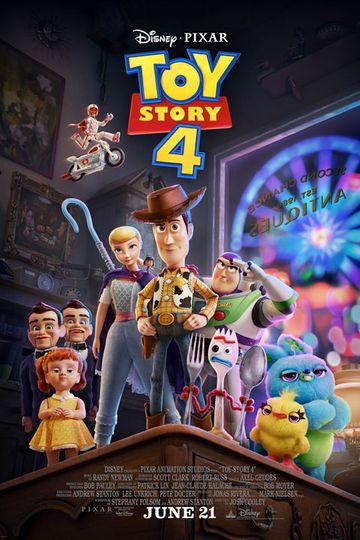
Toy Story 4

